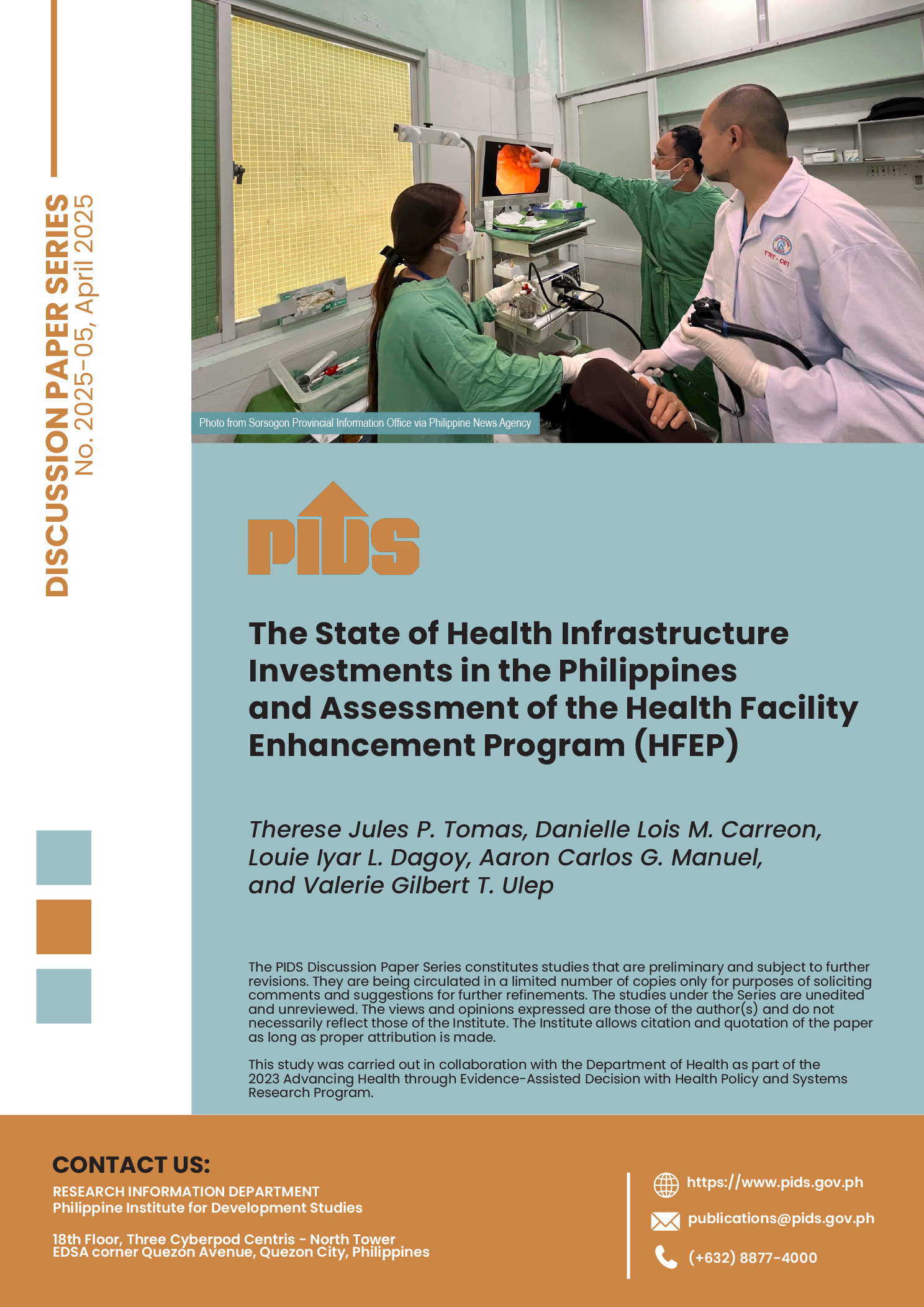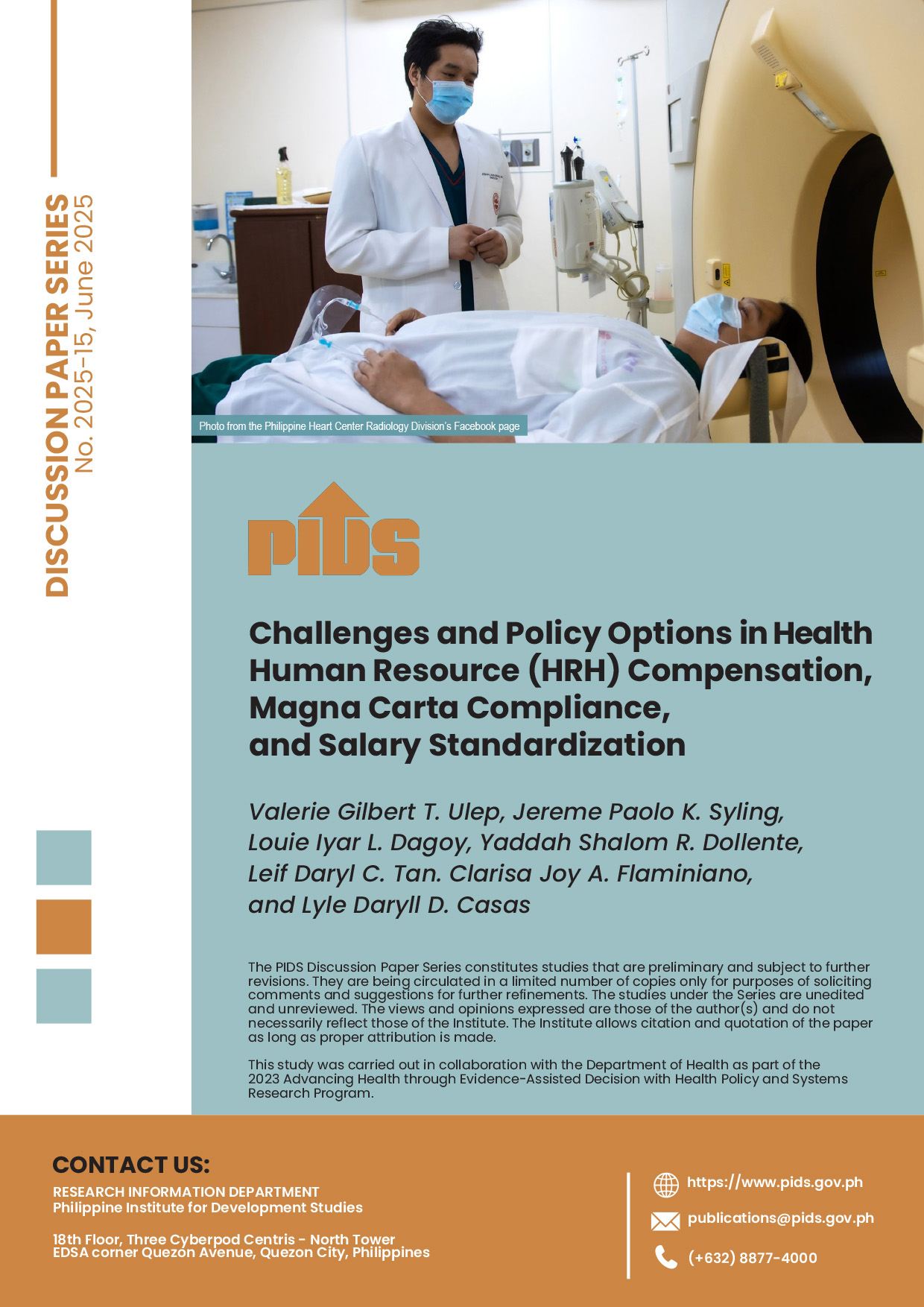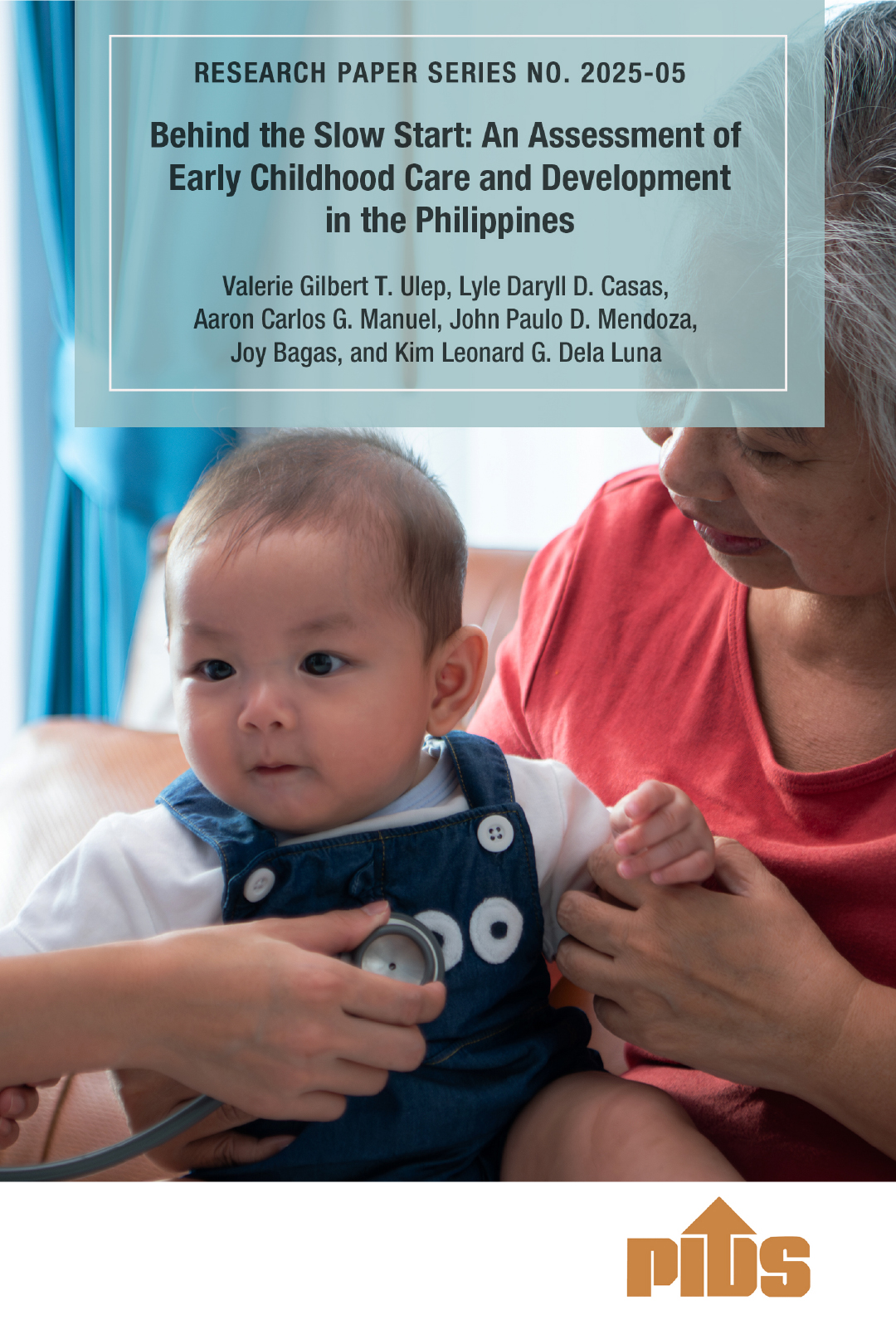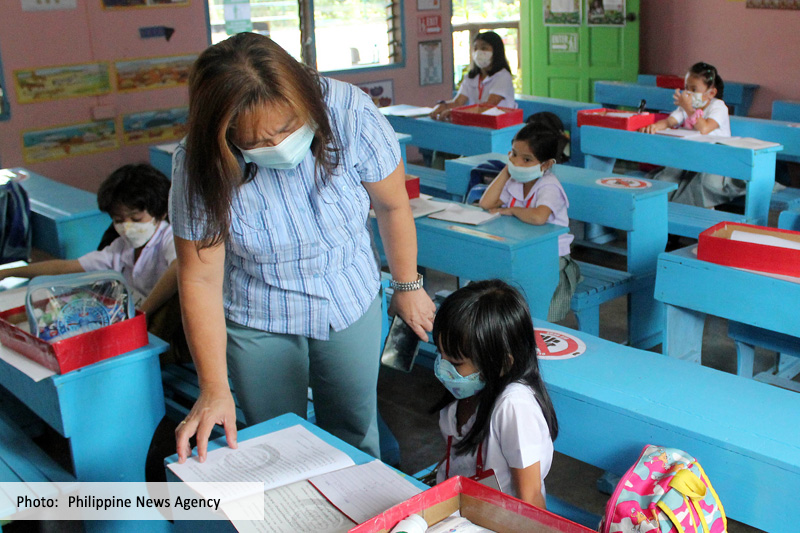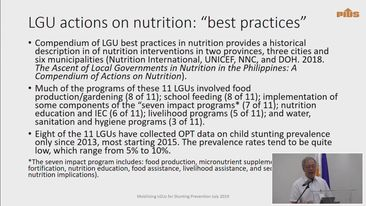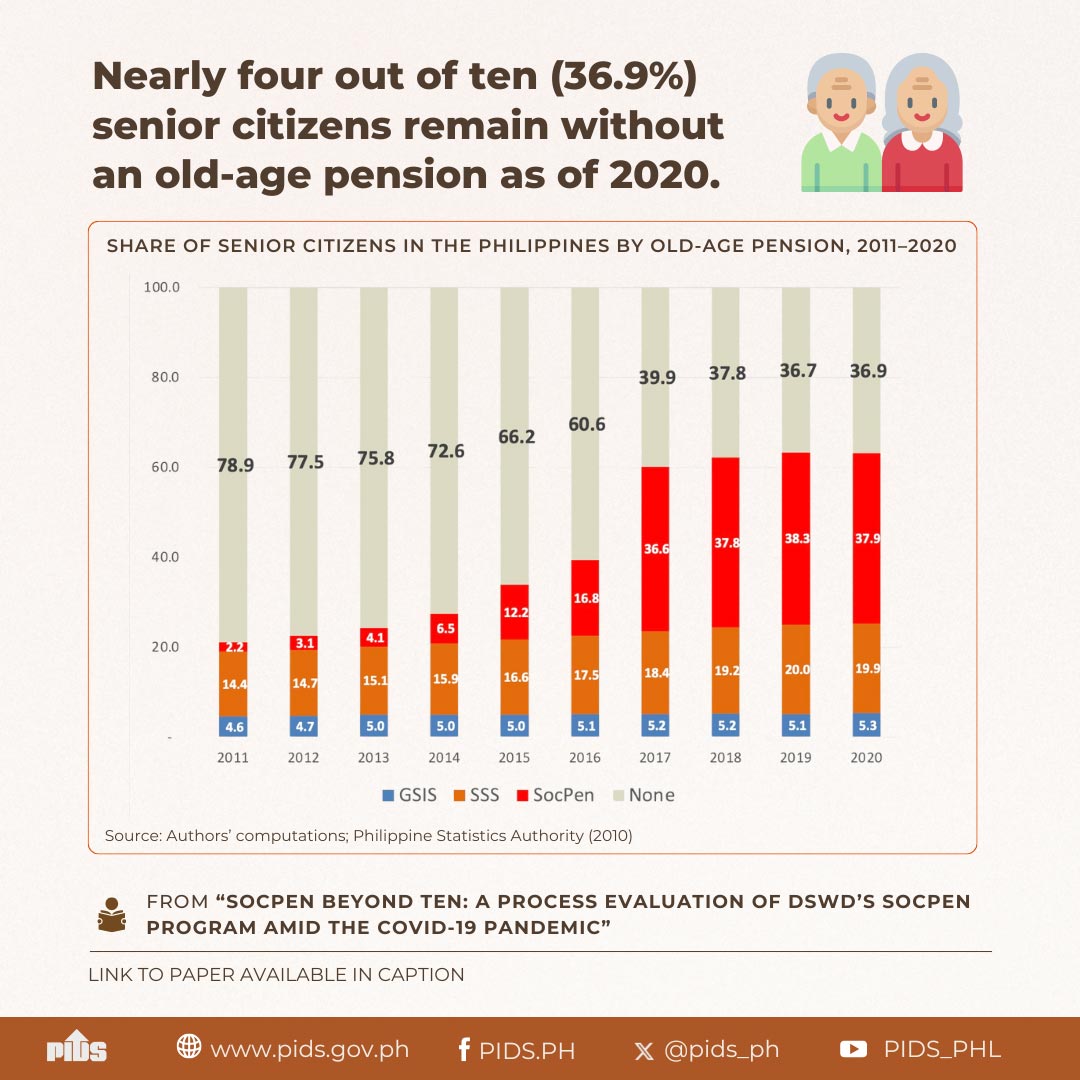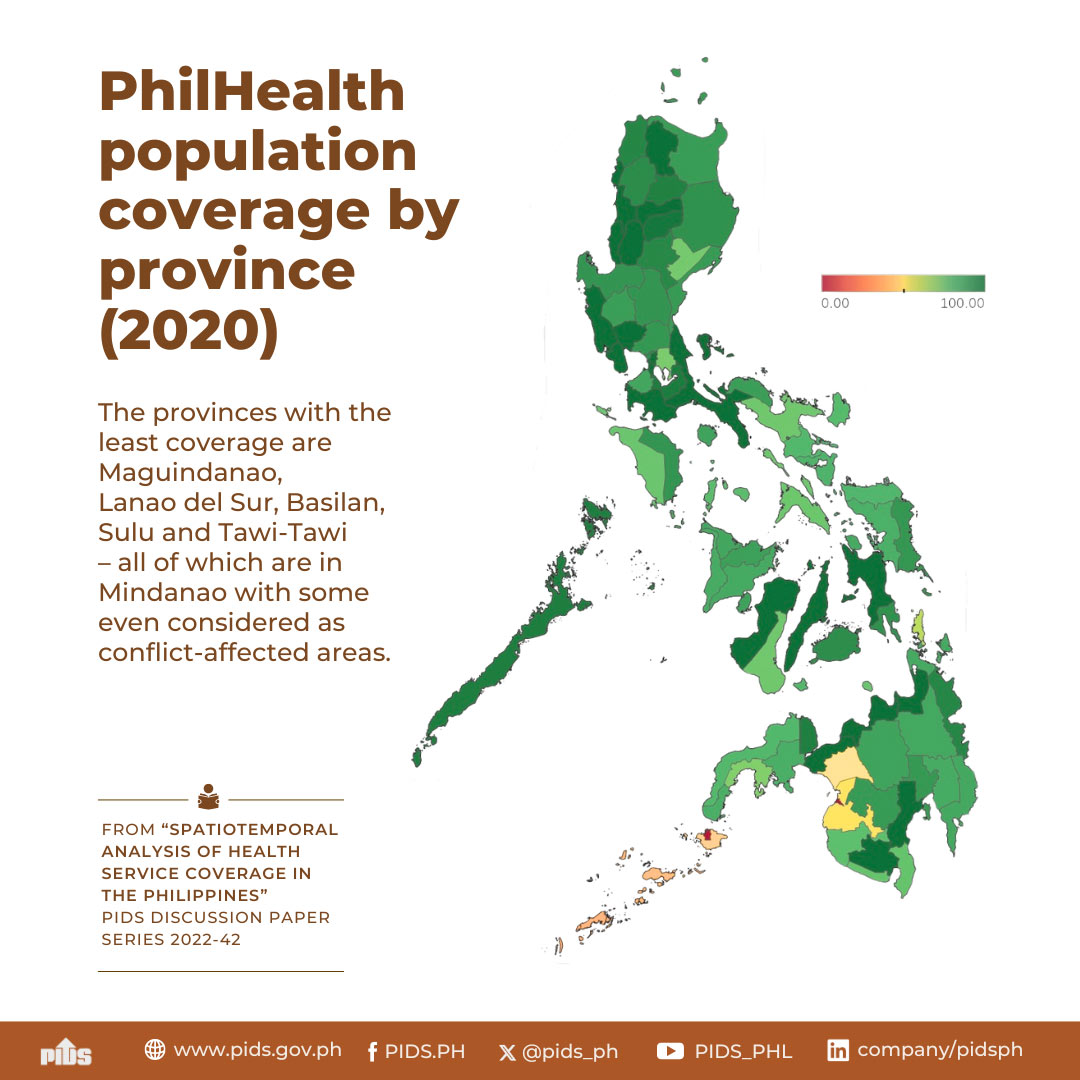IN less than two decades, the number of seniors in the Philippines will reach 14 percent of the population marking the transformation of the country to an aging society, according to the Commission on Population and Development (Popcom).
In a virtual briefing on Wednesday, Popcom Executive Director Juan Antonio Perez III said seniors or 60 years old and over now account for 8.5 percent of the population. Based on data from the Philippine Statistics Authority (PSA), this was at 5.9 percent in 2000.
Perez explained that the United Nations considers countries with a senior population of over 10 percent to around 12 percent as the start of the aging of a society.
“It will be 14 percent by 2035—we presume this will take place between 2030 and 2035, but towards the end of that period,” Perez told the BusinessMirror. “[A senior population of] 14 percent is what the UN considers an aging society,” he added.
What this means for the Philippines, Perez said, is that while Asian countries enjoyed some 20 to 30 years of the demographic dividend, the Philippines will only enjoy its dividends for 15 years before it starts to age.
“Our demographic opportunity to take advantage of our large working population and a small younger population will be only for 15 years. Other countries had more time and they enjoyed greater economic benefits. But in our case, we were late in reducing our fertility rate that’s why we have a smaller window of opportunity to take advantage of this demographic transition,” Perez said.
Given this, Perez said the national government should take great strides in improving the social protection and well-being of aging Filipinos starting today.
He said the government should institute preventive programs for geriatric care and community based rehabilitation should be in place as early as possible.
Perez also said discussions on increasing the age of retirement and employment opportunities for seniors should also be addressed. He recommended that the National Commission on Senior Citizens can take a lead role and with support from Popcom.
“And I think we should have policies to maintain a population growth rate of around 1 percent over the next 15 to 20 years. The reason for that is, we need a good number of workers, effective workers and potential workers to support the seniors whose numbers are increasing,” Perez said.
In a study conducted under the Philippine APEC Study Center Network of the Philippine Institute for Development Studies (PIDS), University of the Philippines-Cebu College of Social Sciences Associate Professor Ma. Rowena V. Mende said allowing Filipinos to flourish later in life could reduce health expenses of the government and increase productivity.
Mende said senior citizens aged between 60 and 75 who are still able and willing to work “remain a valuable human resource.” This improves their individual capability to make them flourish even in their twilight years.

